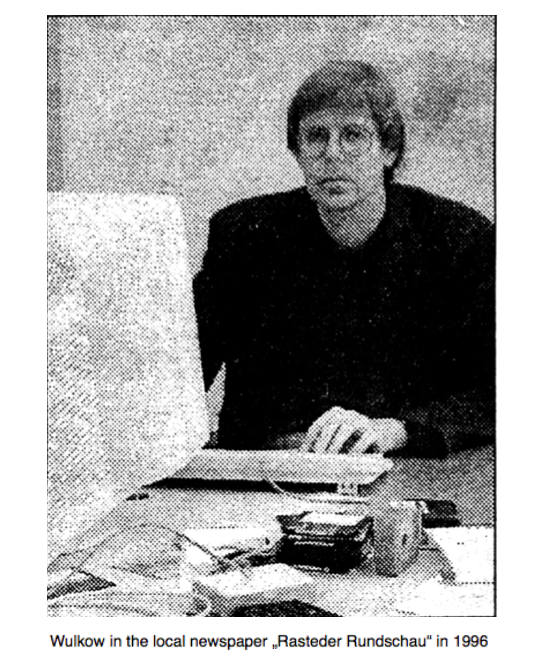Computing in Technology since 1992
This year, CiT will celebrate its 30th anniversary. The following timeline shows how the company has developed over the last three decades.
Timeline
- In 1988, Michael Wulkow was working as a Maths PhD student at the Zuse Institute Berlin, focusing on Optimal Control problems. One day, the founding president of the ZIB, Prof. Peter Deuflhard, told him about an exciting new project in polymer chemistry: he wanted to design polymers on the computer. This required the numerical solution of very complex equations.
- They met with chemists from the Technical University Berlin (the group of Prof. Reichert) where they discovered that the languages chemists and mathematicians speak are very different.

- Together they worked on a theoretical and an application paper that were published in 1989: a new special algorithm, the weighted discrete Galerkin method, was introduced.
- In fall 1990, Wulkow submitted his PhD thesis, „Numerical Treatment of Countable Systems of Ordinary Differential Equations“ (PDF), based on advanced approximation schemes.
- Two years later in 1992, the first ideas of a modified, more versatile method, the „discrete Galerkin h-p“, appeared: this is the core algorithm for the PREDICI program.
- The first version of this algorithm was developed on a Mac system and was adapted to Windows the following year.
- Also in 1992, the Computing in Technology, CiT, was founded in Oldenburg, Lower Saxony, Germany.
- In 1993, the graphical user interface for the core algorithm was created and the very first version of PREDICI, as it is known today, came into being (but it was called MEDICI at that time).
- Its first customers were the Technical University Berlin and one major German chemical company.
- In the following years, the topics of CiT’s projects became broader: in 1995, PARSIVAL, a method for particle technology, was developed; in 1997, PRESTO-KINETICS for general kinetic modeling originated. Other tools are related to data handling, pharmacokinetics, process observation, waste-water treatment and special supply-chain management.
- In 2002, Regina Telgmann, also mathematician and experienced software developer, became co-manager of CiT after having worked for the company for several years: she achieved her PhD in 2007 with a thesis on Computer-Aided Modeling.
- Since then, CiT has worked on a great number of research projects and developed additional tools for its programs, with brilliant success: more than 100 companies and universities world-wide have worked with and rely on its programs.
- To this day, CiT continues to improve its products and both learn from and inspire developments in research and industry

